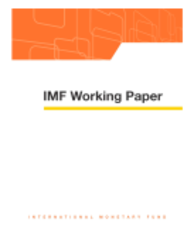
Bolivia : The Hydrocarbons Boom and the Risk of Dutch Disease
The hydrocarbons sector has become one of the most dynamic economic activities in the Bolivian economy and the main driver of improved export performance and international reserve accumulation. The central role of the hydrocarbons sector in the economy is attributable to the high levels of investment made in the late 1990s, which permitted much higher production levels, particularly of natural gas. However those positive developments in the hydrocarbons sector have given rise to the possibility of a new case of "Dutch disease." While Bolivia's economy has already seen many benefits from its higher gas exports, especially in terms of lower external vulnerability and improved fiscal stance, the new resources could also limit the development of other economic sectors in terms of output and factor income. This paper explores the transmission channels of Dutch disease, as well as its main symptom, the appreciation of the real exchange rate
Publication date: June 2008
ISBN: 9781451870121
$18.00
Add to Cart by clicking price of the language and format you'd like to purchase
Available Languages and Formats
| English |
Prices in red indicate formats that are not yet available but are forthcoming.
Topics covered in this book
This title contains information about the following subjects.
Click on a subject if you would like to see other titles with the same subjects.
Money and Monetary Policy , Environmental- Pollution Control , Equilibrium Real Exchange , gas , exchange rate , real exchange rate , equilibrium exchange rate
Also of interest
Summary
Copyright © 2010 - 2025
Powered by:
AIDC



